Overview of the OLED 1.3 Inch Display Module
The OLED 1.3 Inch Display Module is a compact, high-contrast monochrome screen with a resolution of 128×64 pixels. Designed for makers, engineers, and hobbyists, this 1.3 inch OLED display delivers crisp text and simple graphics in a power-efficient package, making it perfect for wearables, portable gadgets, and embedded systems.
Key Features
- High resolution: 128×64 pixels for clear text, icons, and simple graphics.
- Dual interface: Supports both I2C and SPI communication for flexible hookups.
- Low power consumption: OLED technology provides excellent efficiency for battery-powered applications.
- Compact size: 1.3 inch diagonal screen that fits into tight enclosures and wearable designs.
- Wide compatibility: Works with Arduino, Raspberry Pi, ESP8266/ESP32, and most microcontrollers.
Technical Specifications
- Display type: Monochrome OLED
- Screen size: 1.3 inch (diagonal)
- Resolution: 128 x 64 pixels
- Interface: I2C and SPI
- Operating voltage: Typically 3.3V (check module version)
- Power consumption: Ultra low in active and sleep modes
- Mounting: PCB module, lightweight housing
Why Choose this 1.3 inch OLED Display
This OLED 1.3 Inch Display Module combines high readability with minimal power draw, making it a go-to choice for makers building battery-operated and compact projects. The 128×64 resolution ensures text and simple graphics appear sharp, while the option of I2C or SPI connectivity simplifies integration across platforms.
Benefits at a glance
- Fast, clear visual feedback for sensors and interfaces
- Reduced battery drain for longer run times
- Flexible wiring options for different microcontroller projects
- Small footprint suitable for wearable electronics and handheld devices
Applications
The 1.3 inch OLED display is ideal for a broad range of projects, including:
- Arduino projects: digital clocks, sensor readouts, menus, and status indicators.
- Raspberry Pi projects: compact dashboards, system status, and small GUIs.
- Wearables: fitness devices, smart badges, and notification displays.
- Home automation and IoT: control panels, remote sensors, and networked displays.
- DIY gadgets: hobby projects, prototypes, and industrial indicators.
Integration and Getting Started
Integrating the OLED 1.3 Inch Display Module is straightforward. Choose I2C for fewer wires and simpler addressing, or SPI for higher update rates. Many open-source libraries support this module, including:
- Adafruit SSD1306 and GFX libraries (Arduino)
- U8g2 library (Arduino, ESP32)
- luma.oled (Python) for Raspberry Pi
Typical hookup tips:
- Confirm the module voltage (3.3V or 5V tolerant) before connecting.
- For I2C, connect SDA and SCL and set the correct I2C address in your code.
- For SPI, connect MOSI, SCLK, CS, DC and RST pins and configure the library accordingly.
- Use a level shifter if your microcontroller operates at a different logic level than the display module.
How This Display Enhances Your Projects
Whether you need a small status screen for a home automation controller or a compact display for a wearable, the OLED 1.3 Inch Display Module provides reliable, readable output with minimal power impact. Its compatibility with popular microcontrollers and readily available libraries speeds development and reduces time to prototype.
Note: Images are for Illustration Purposes Only

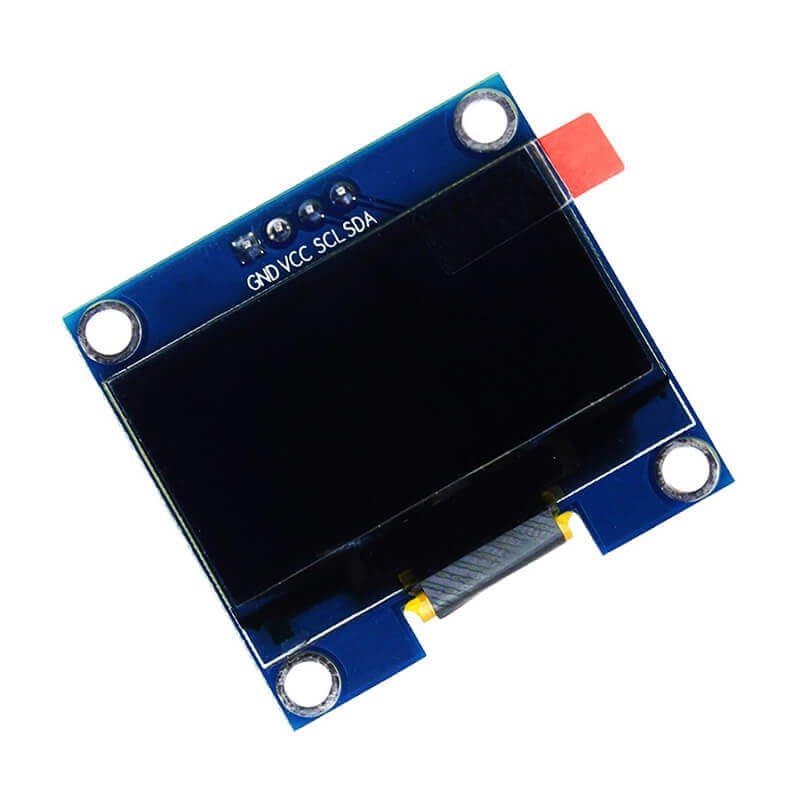
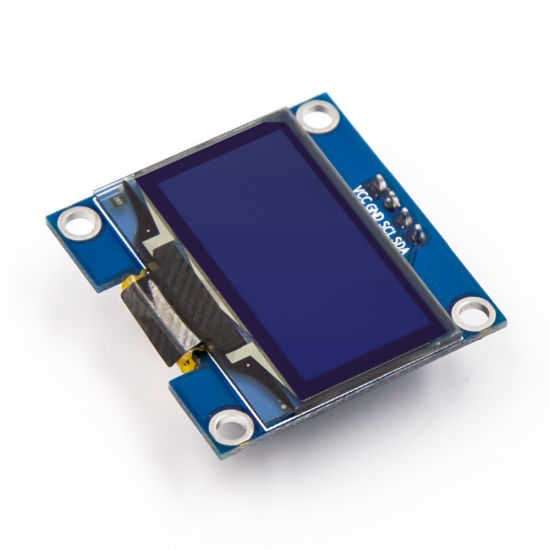
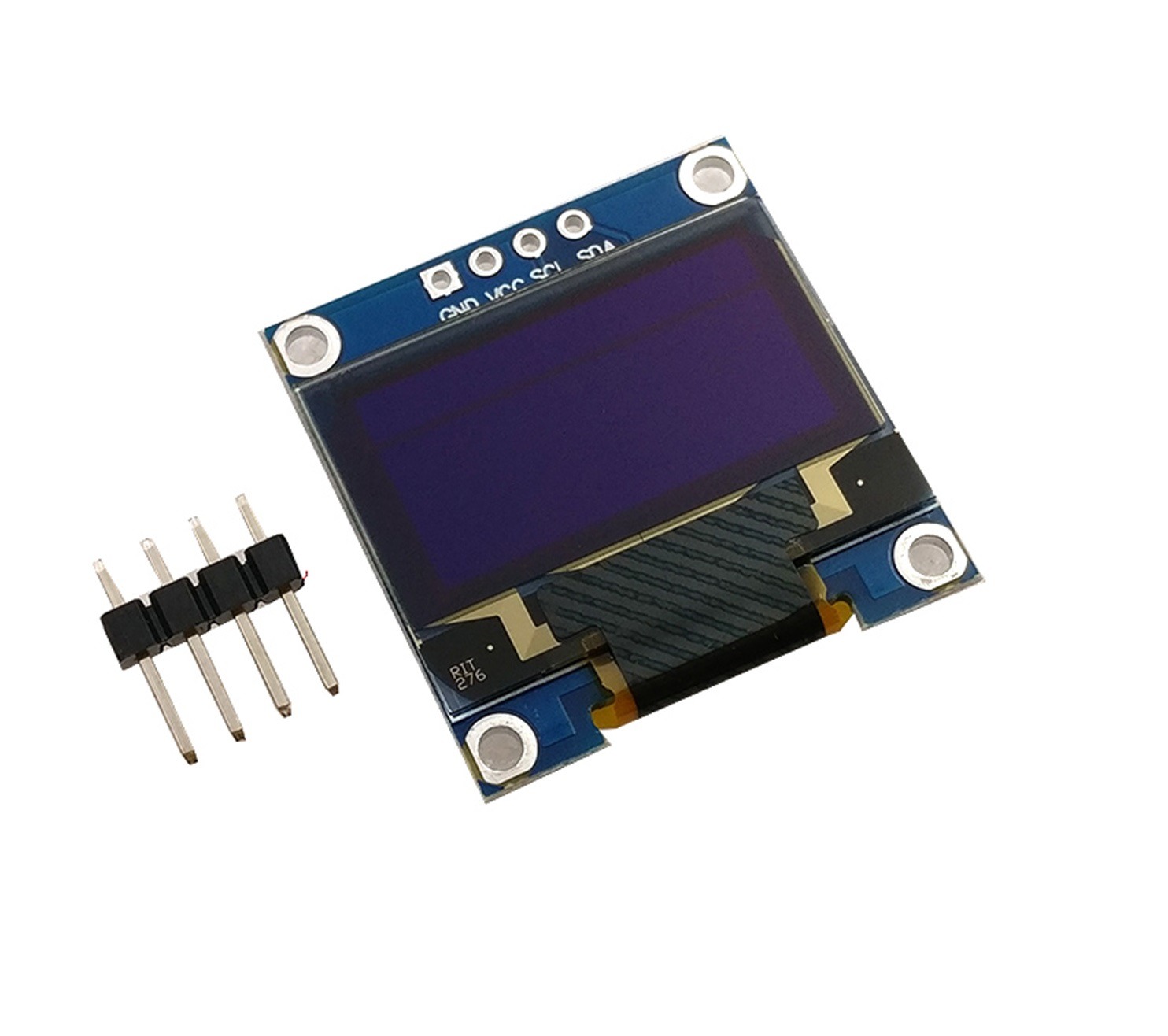

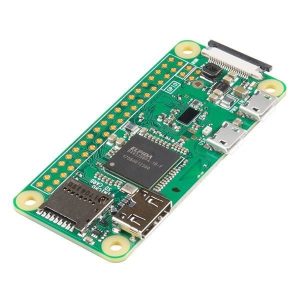
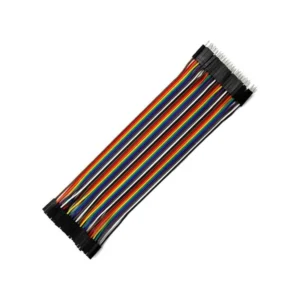
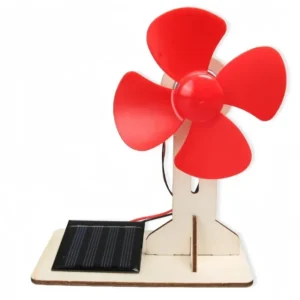

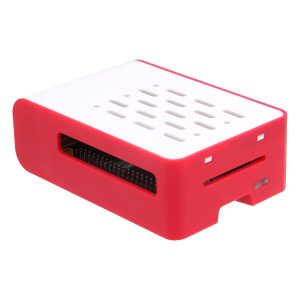
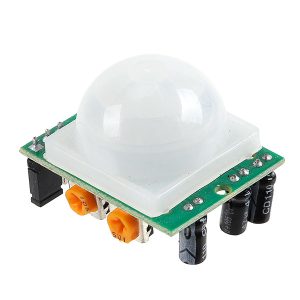
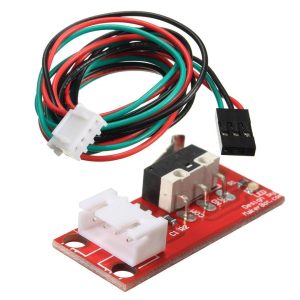
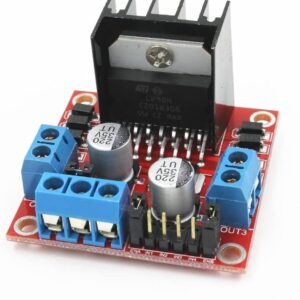
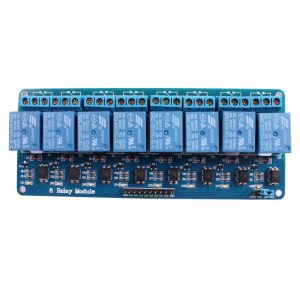
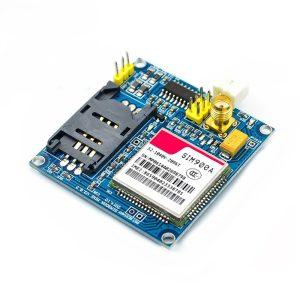

Reviews
There are no reviews yet